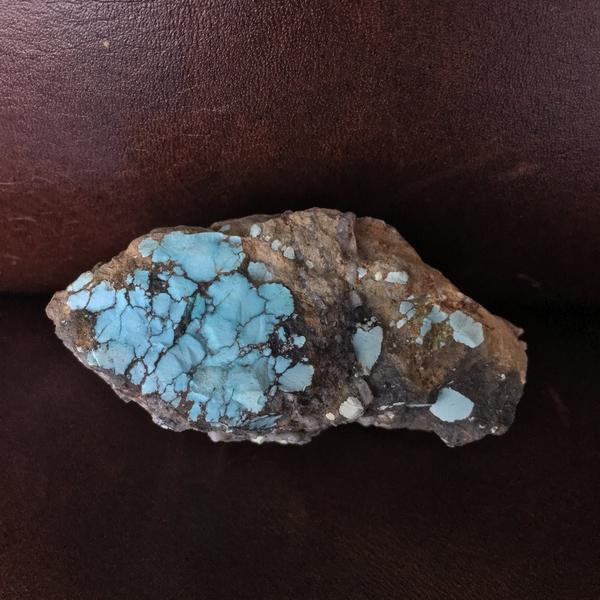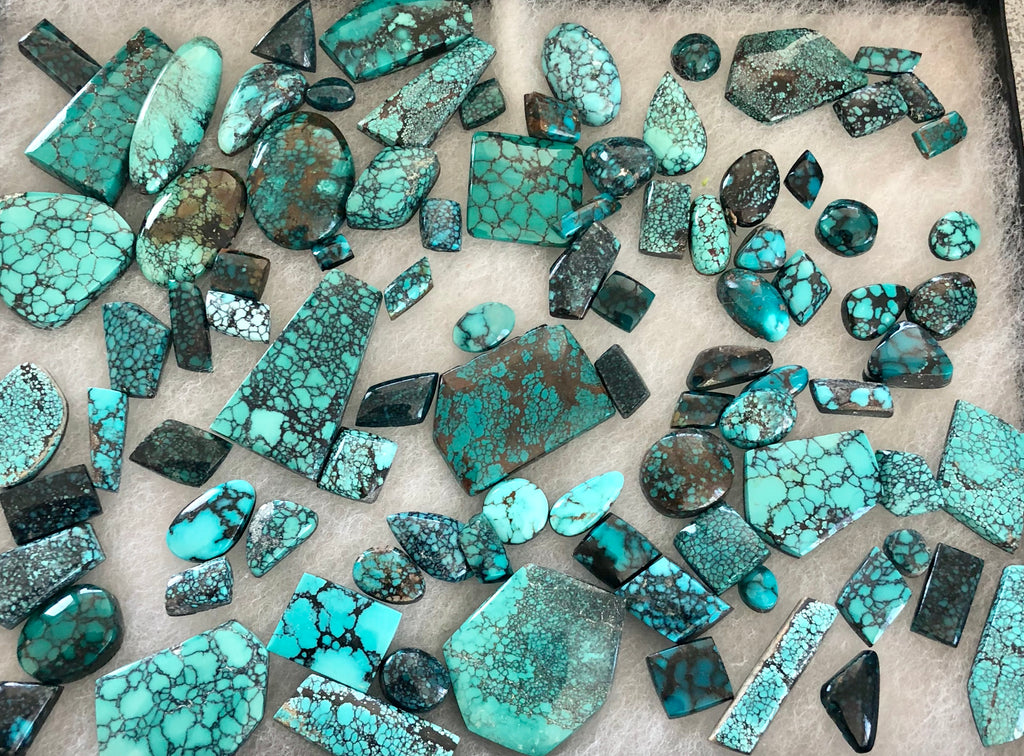Turquoise Blog — turquoise treatment
Introduction to Turquoise
Posted by Toqos Gallery on
Blue Moon Spider Web Natural Turquoise (mined in Nevada) Turquoise is a hydrous aluminum phosphate with a cupric base. So here’s what that means to those of us not pursuing a masters in Earth Science. Turquoise is found in rather arid parts of the world. Water, usually as runoff, comes down mountainsides and settles in the rocks below. The water evaporates, leaving its trace elements behind. If the proper amounts of copper salts and aluminum are present in the rocks, they can come together with the water elements to form turquoise. Turquoise gets its color from the heavy metals...
- 0 comment
- Tags: hydrous aluminum phosphate, turquoise color, turquoise matrix, turquoise treatment, turquoise value
The Definitive Guide to Different Turquoise Treatment Methods
Posted by Toqos Gallery on
Even though turquoise makes for breathtaking jewelry, this sedimentary mineral is relatively soft and porous. The softness causes it to easily fracture or chip. Its porous allows it to discolor, stain and fade. Historically, less than about 10% of all excavated turquoise has the hardness and density to be considered gem quality. The rest needs some form of “help” to be considered jewelry quality. For thousands of years, people have treated turquoise. With high quality turquoise increasingly harder to find, more advanced techniques has been developed to “enhance” this stone. We will go through each of the methods for processing...


